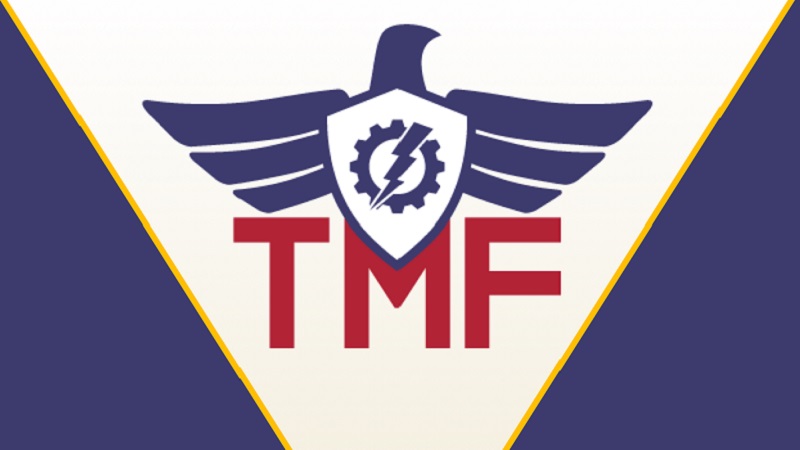
Legislation introduced in the House today by Reps. Nancy Mace, R-S.C., and Gerry Connolly, D-Va., would amend the 2017 Modernizing Government Technology (MGT) Reform Act to reauthorize the Technology Modernization Fund (TMF) for another five years – though 2030 – and make changes for agency repayments to the fund with the aim of keeping TMF sustainable for the longer term.
Rep. Mace is chair of the House Oversight Subcommittee on Cybersecurity, Information Technology, and Government Innovation, and Rep. Connolly – who is ranking member of the subcommittee –cosponsored the original MGT Act.
The House Oversight and Reform Committee is set to mark up the bill on Sept. 20.
While the text of the bill had not been made public by late today, the committee said in a markup schedule document that the bill – called the Modernizing Government Technology Reform Act – will aim to ensure that the TMF can be a “sustainable, revolving fund dedicated to addressing Federal legacy IT.”
“This reauthorization bill is a welcome demonstration of support for the MGT Act and the Technology Modernization Fund,” said Rep. Connolly today. “It follows the critical $1 billion appropriation Congress provided the TMF as part of the American Rescue Plan, which I was proud to fight for.”
A House Oversight aide told MeriTalk today that the main thrust of the legislation is to make sure that TMF remains a force for years to come in helping to jumpstart Federal agency IT modernization projects.
The aide said that talks between Republicans and Democrats over the past several months have included concerns about the degree to which agencies are reimbursing TMF for awards “that would keep the fund solvent or revolving, as well as divergence from original congressional intent” about how the fund and its board are supposed to operate.
The legislation, the aide said, reflects a “desire to reauthorize the fund, but predominantly a desire to ensure that the TMF is something that can address the problem of legacy IT sustainably for several years to come.”
On the repayment front, the bill would clarify that agencies can repay TMF borrowings through working capital IT budgets, rather than through cost savings generated by the modernization projects they are undertaking using TMF funding. The aide said providing clarity on that issue responds to concerns that some projects – such as those to improve cybersecurity – won’t likely generate any cost savings, although they might yield cost avoidances.
The bill’s sponsors, the aide said, want to “make clear the important component here is we don’t want the fund to spend all its money down, deplete its resources, and then rely on future large appropriations. We also want to ensure that agencies have the flexibility necessary to reimburse the funds at whatever rate is required to keep that solvency so that agencies aren’t discouraged from applying” for awards.
In addition, the bill would require the Federal CIO to survey agencies and then report to Congress on the top ten high-risk legacy IT systems that pose the greatest risk to government operations cybersecurity, the aide said.
“That’s all with the goal that would allow us to monitor what legacy IT systems are currently in operation in the Federal government and get a grasp on how many are out there and how we’re going to tackle modernization of these systems,” the aide said.
Members of Congress could also compare the top ten priorities list with the awards that TMF has been making and “see how many of them are related or adjacent or targeted towards projects that would start to chip away at solving some of those most important most high-risk legacy IT systems,” the aide said.
